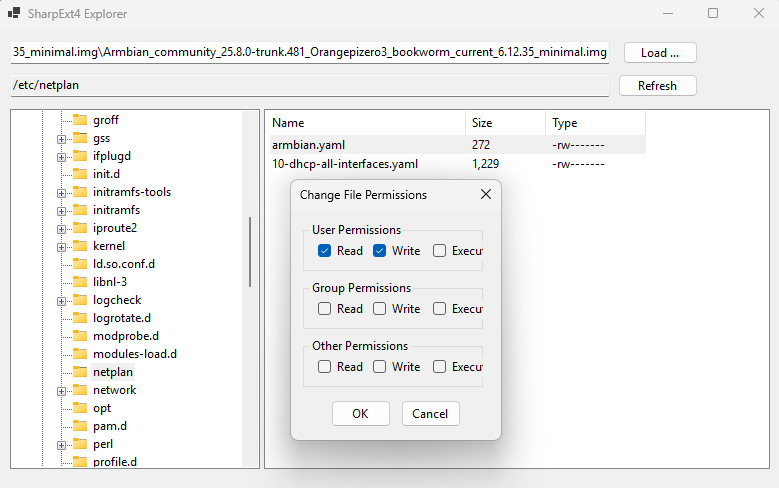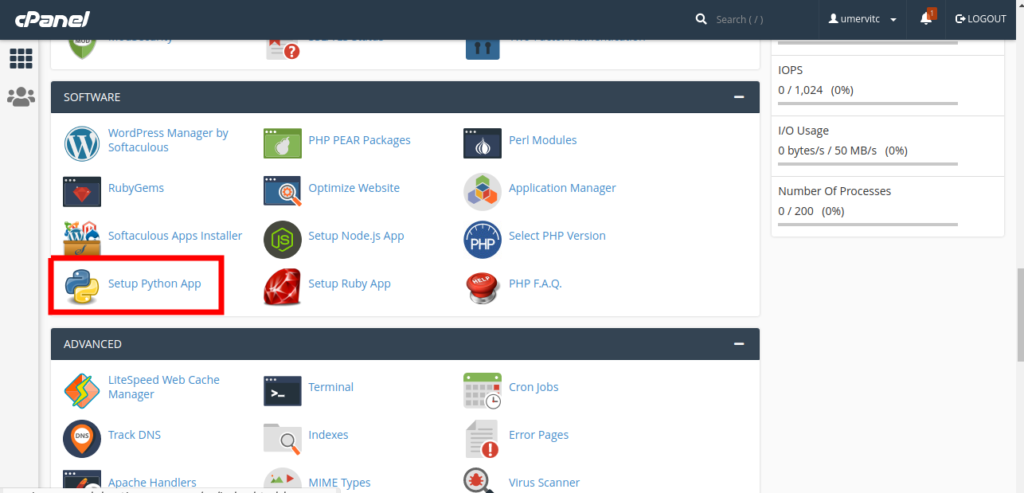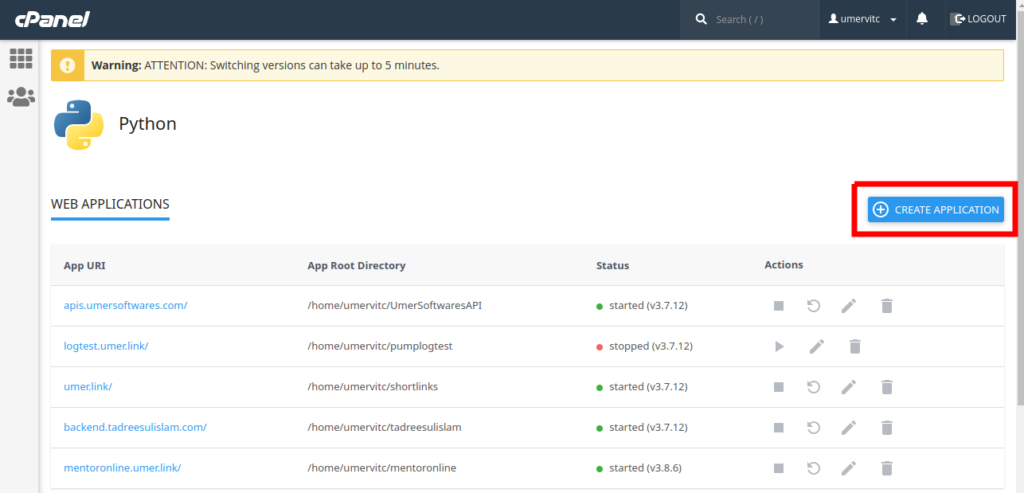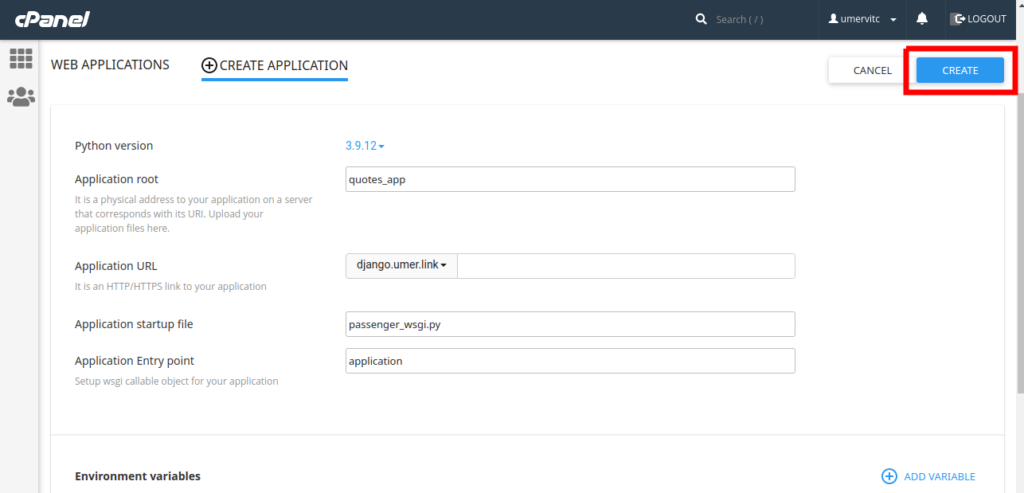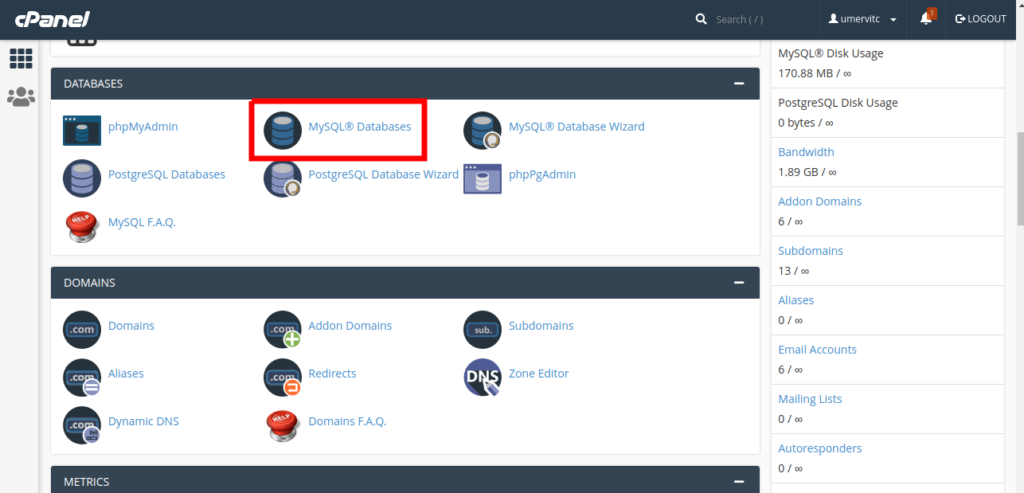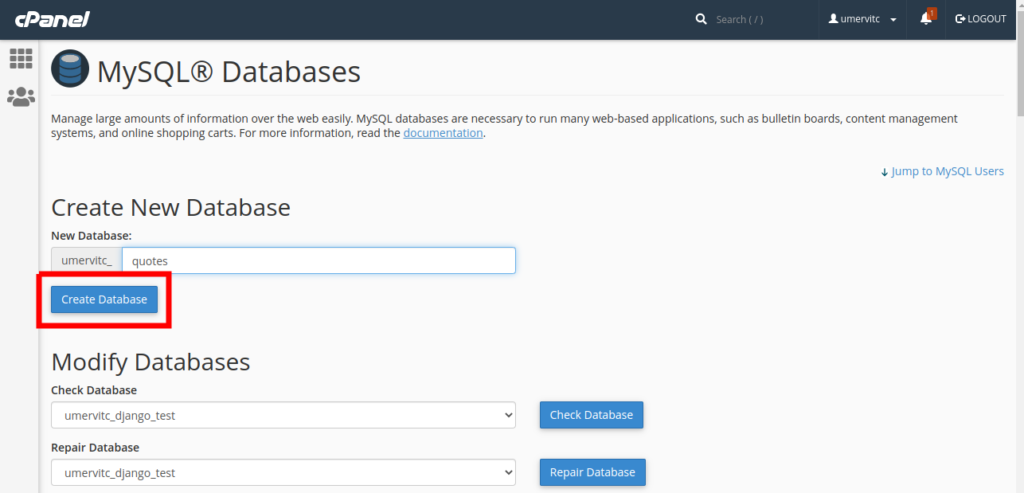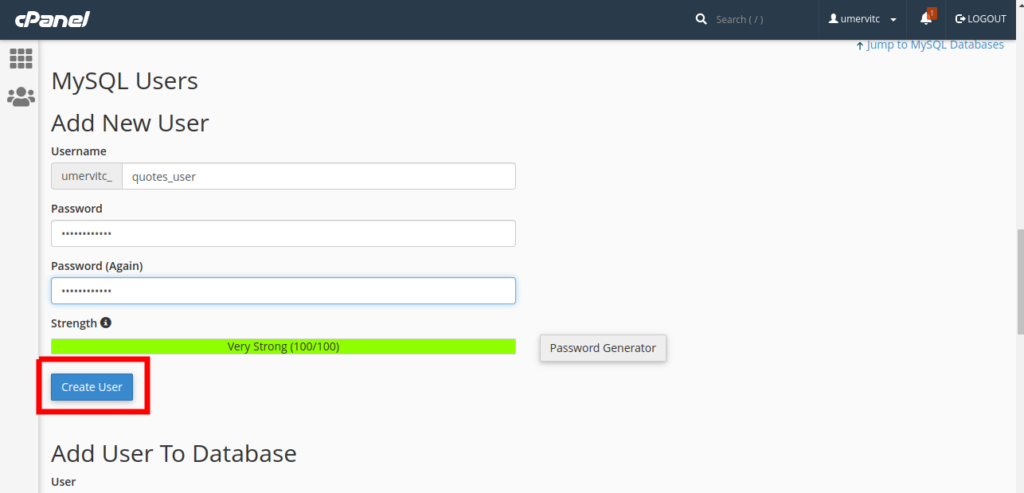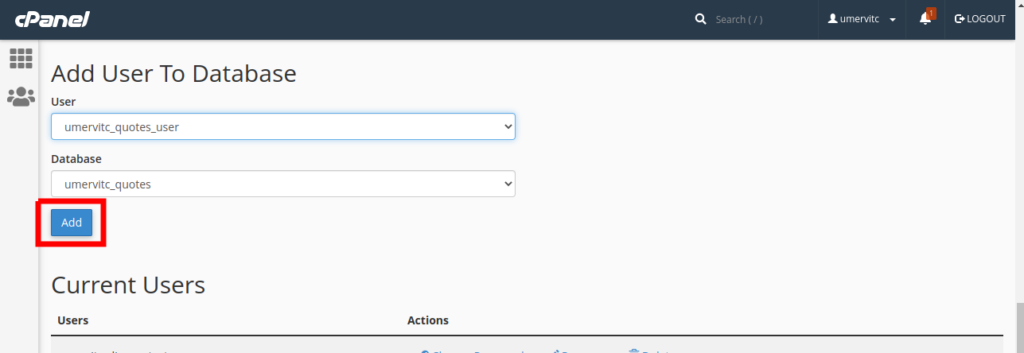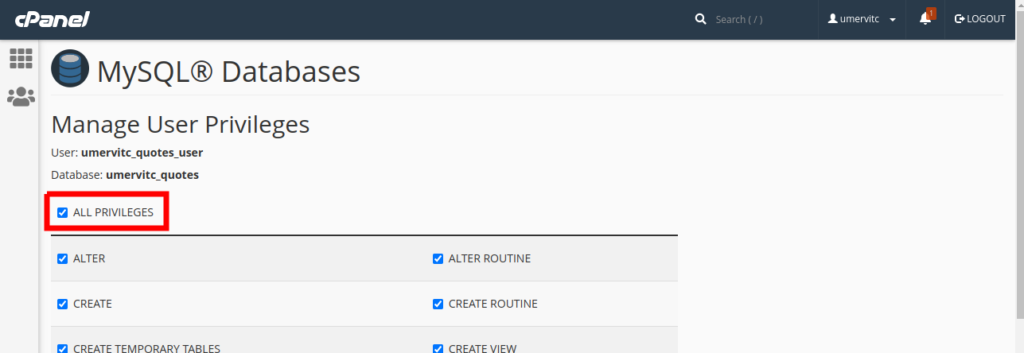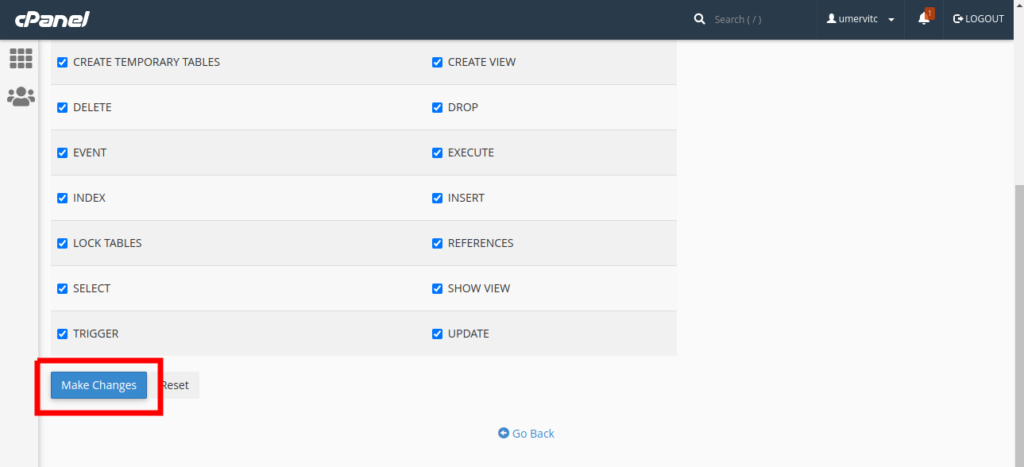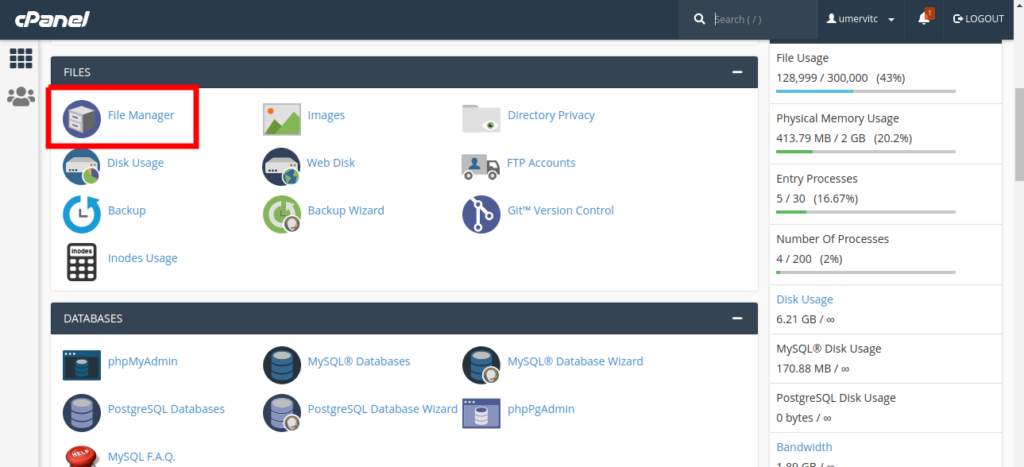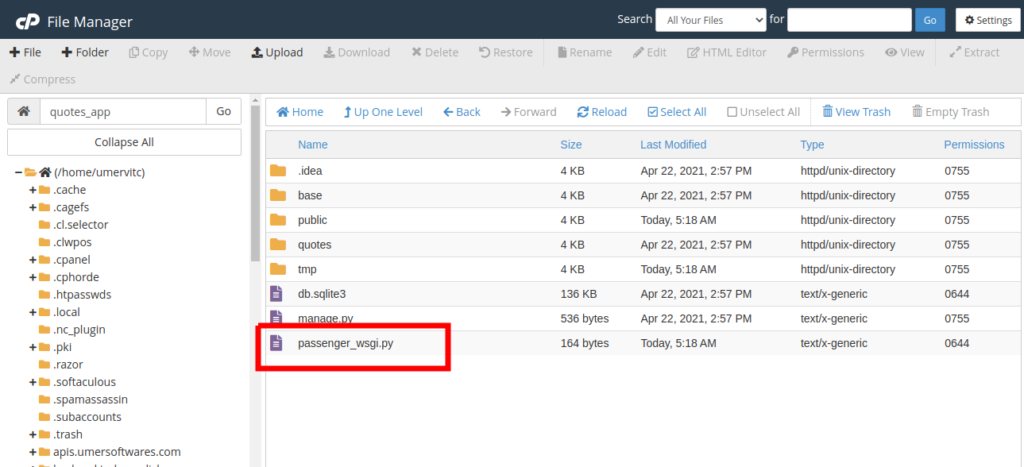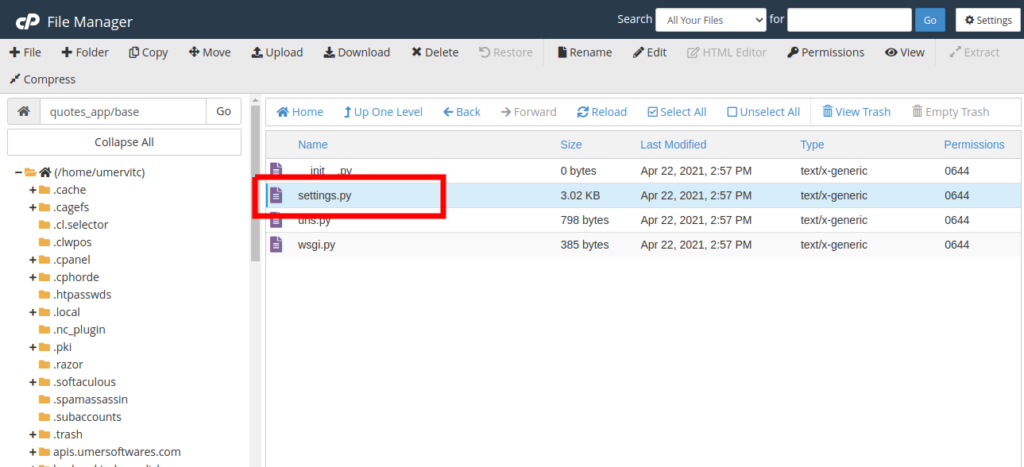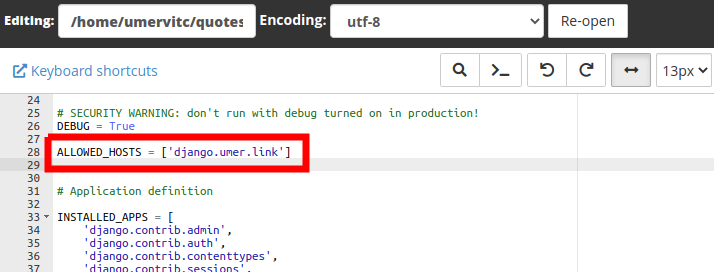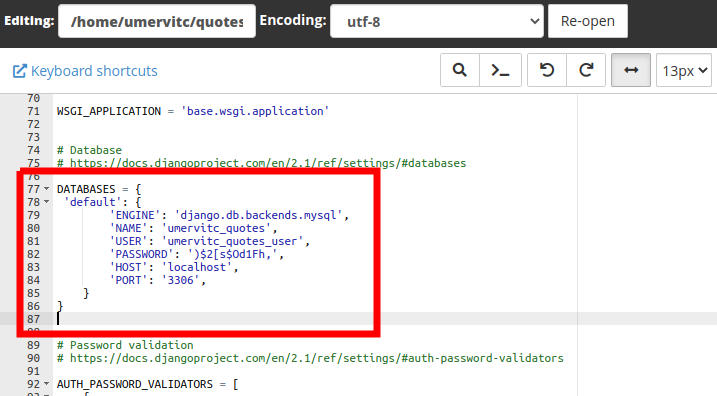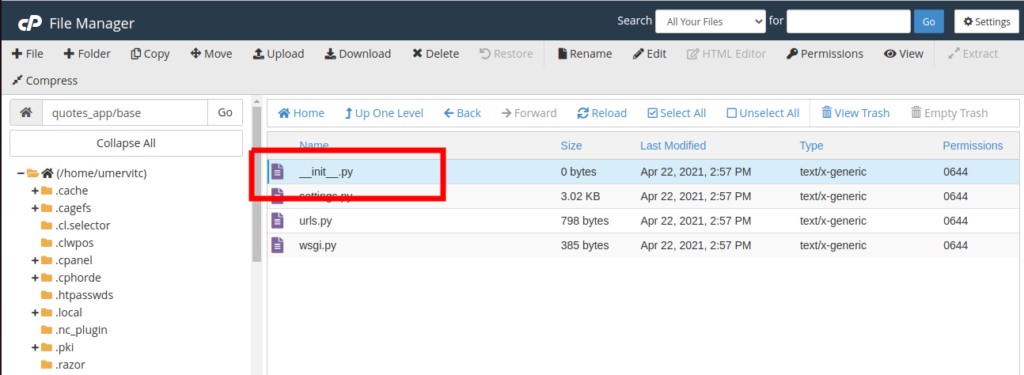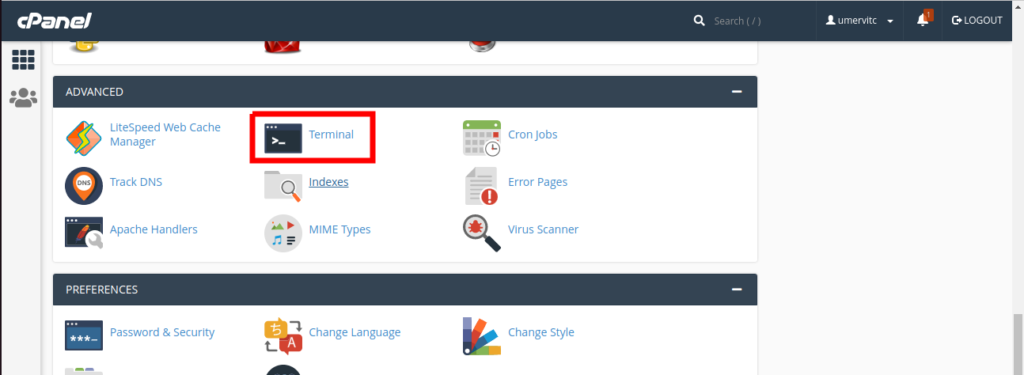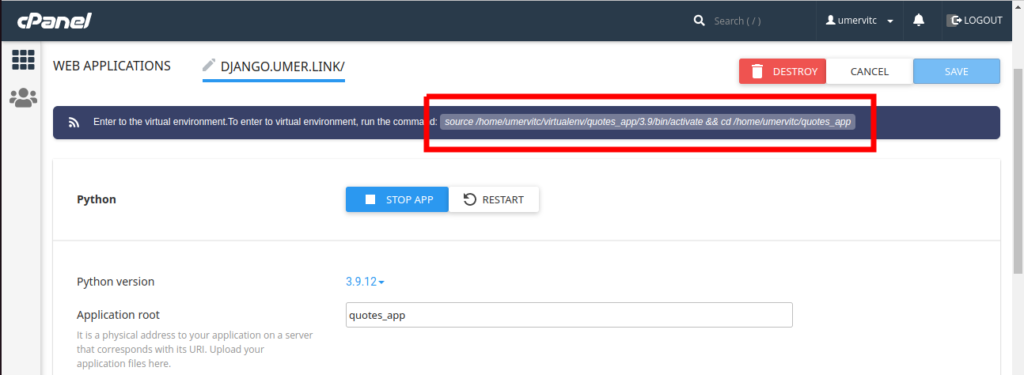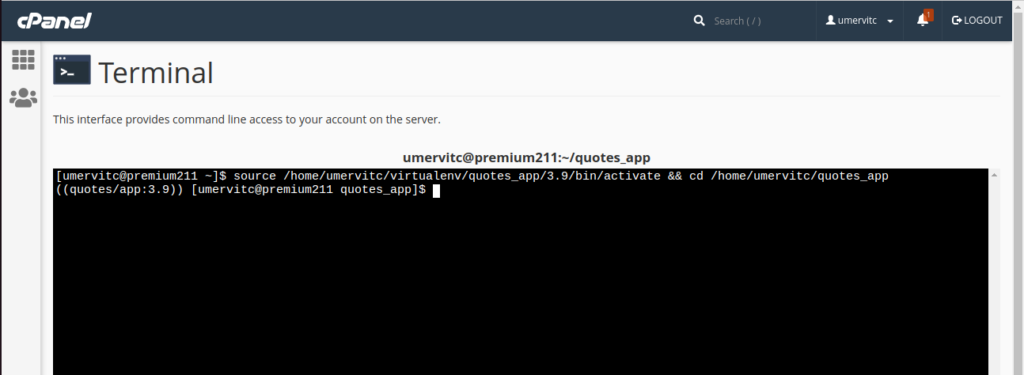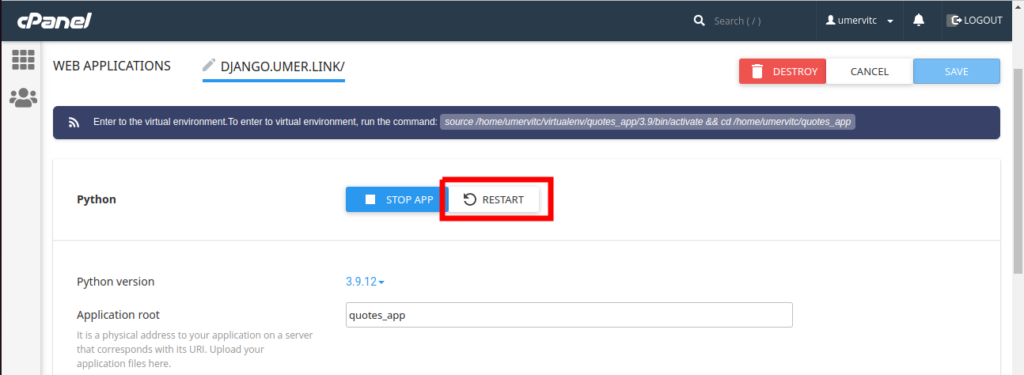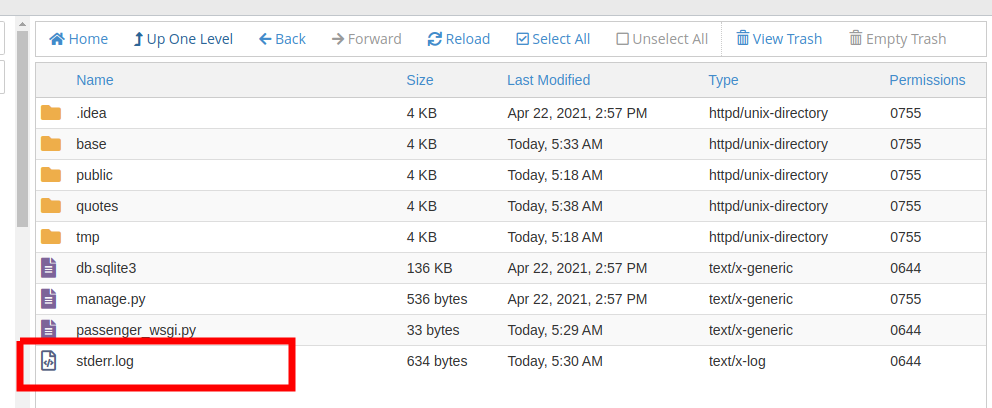If you’ve ever wished for a simple way to store, search, retrieve and manage files — all via a chat interface — you’ll appreciate what this project enables. Meet my_personal_tg_assistant, a lightweight Telegram-bot built with aiogram that turns your Telegram account into your own secure file-storage “assistant”.
What it does
Here are the standout features:
- Access control: Only a predefined Telegram user ID can interact with the bot — meaning it’s your ‘private assistant’.
- Auto-storage: You send text, images, videos, documents, and the bot automatically saves them locally in a storage folder.
- Multi-format support: The bot handles JPG, PNG, WEBP, MP4, AVI, MOV, TXT, and more.
- Search & retrieve: You can issue commands to search by keyword, fetch stored files, overview your stored items, or delete files.
- Easy to extend: The README notes that future integration with 3rd-party APIs (for instance, OpenAI) is feasible.
Why this matters
In our daily digital lives we often send ourselves files or rely on cloud storage services — but there are drawbacks: privacy concerns, cost, limited control, dependency on third-party platforms. With this bot you get:
- Full control: Your files are saved locally (on your server or machine) rather than locked into a commercial cloud with opaque policies.
- Seamless interaction: Since you already use Telegram, you don’t need to learn a whole new UI — you chat, you store, you search.
- Flexibility: It’s open source (MIT-licensed) so you can inspect, modify, extend.
- Simplicity: The core idea is elegant yet practical. A few commands handle a lot of functionality.
Use-cases & ideas for extension
- Personal file archive: Keep all your random docs/images/videos in one place and access them through Telegram.
- Private media backup: If you want to store personal photos/videos locally instead of a cloud.
- Meeting notes & snippets: Send text to the bot and retrieve later via search.
- Team variants: Extend it so a group of authorized users can access (with more complex permissions).
- AI integration: Combine with an AI (via OpenAI, etc) to summarise stored files, tag them, analyse them. The README suggests this is “future-ready”.
- Cloud sync: While the current setup stores locally, you could extend it to sync with cloud storage like S3, Google Drive, etc.
Some thoughts & tips
- Make sure to secure the server where you run the bot: since it’s accepting files, you want to ensure only authorized use and protect against malicious uploads.
- Adapt the storage folder path (and maybe add quotas) so you don’t exhaust disk space.
- Consider logging and monitoring: track how many files, disk usage, etc.
- For larger scale: add pagination for
/overview, or implement a more powerful search (by date, file type, tags). - Backup your
local_storageperiodically (especially if you rely on it). - If you plan to run this publicly (beyond personal use), add proper user-management, authentication, maybe encryption.
Final thoughts
In an era of sprawling cloud services and ever-increasing data, simple tools like my_personal_tg_assistant remind us of the power of building something just for you: small, secure, focused, and under your control. If you use Telegram and have ambient file-management needs — whether text snippets, photos, videos, or documents — this project is a terrific starting point.
If you give this a try, I’d love to hear how you use it, what you extend, and what features you add!
